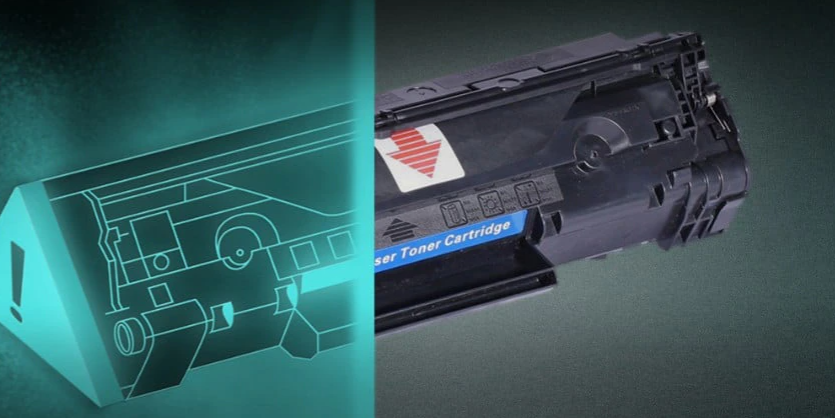By Yesh Surjoodeen, Southern Africa Regional Director at HP
They are sophisticated syndicates, insidious as they are dangerous – both to local economies and importantly, to customers. For years, the counterfeit goods industry has illegally benefitted from legitimate businesses by making illegal copies of their products, threatening not only their reputation – but more importantly, consumer trust.
For the South African market in particular, the Consumer Goods Council of SA (CGCSA) estimates that the proliferation of counterfeit goods sold on the illicit market equates to billions lost in revenue annually. In fact, according to the South African Revenue Service (SARS) the illicit economy (which also constitutes counterfeit goods) costs SA an estimated R100 billion annually.
Local experts on law and tax say counterfeiting also has a pernicious effect on employment, as it threatens the survival of legitimate intellectual property right (IPR) holders who cannot compete with the prices offered by these criminal syndicates.
The implications of counterfeit goods are more prevalent than one might think. According to a 2019 report from the Organisation for Economic Co-operation and Development (OECD), trade in counterfeit and pirated goods stood at 3.3% of global trade. Since these figures were released, the limited access to physical shops during Covid-19 lockdowns drove the whole world to rely upon online shopping, to a greater extent than previously seen.
And it wasn’t just brands that pivoted to e-commerce; crooks moved online too.
Online sales grant criminals a cloak of anonymity that has helped to sell fake products and pass them off as genuine. It is far easier for criminals to shroud their activity and identity online to gain access to global markets. Brands such as HP that manufacture print cartridges for sale worldwide therefore have to act fast to stop the spread of counterfeit goods – online, offline, everywhere.
E-commerce prompts new approaches
For HP, our means of investigating counterfeit goods would traditionally involve investigating the commercial and retail supply chain starting from physical premises. That would enable us to follow the trail from stores to a distributor and then upstream to a manufacturer.
And indeed, our investigations have been successful. Between November 2020 and October 2021, HP seized 3.5 million fraudulent print products, including finished goods and component parts, in circulation in EMEA, Asia Pacific, and the Americas.
We carry out virtual Customer Delivery Inspections (CDIs) and Channel Partner Protection Audits (CPPAs). Some 1,191 CPPAs were conducted in FY21 alone – an increase of 11% on FY20. Virtual inspections and audits supported the HP Anti-Counterfeit and Fraud (ACF) team in identifying and delisting over 224,000 illegitimate HP online offers globally. HP has increased the number of online delistings by 19% year on year.
We also continue to use dynamic security, which ensures chips within products are kept updated with information that can help customers verify their authenticity.
Why it matters
Cracking down on counterfeit products requires cooperation with various parties because a coordinated effort reaps the biggest rewards. When all parties work together successfully, good things happen – and it’s in all our interests to stop the use of fraudulent print supplies. For example, when everyone uses genuine print products rather than fraudulent ones, their printers work to the highest standards.
Purchasing genuine products also demonstrates a commitment to the environment. HP has produced more than 3.9 billion Original HP ink and toner cartridges that contain recycled plastic. Today, more than 80% of Original HP ink cartridges and 100% of Original HP toner cartridges are now manufactured with recycled content.
We’re doing everything we can to stop production of fake goods at the source, but we’re also educating consumers about the importance of finding and reporting fraudulent products. We ask all HP customers to check the holographic security label on their product box, scan the QR code to check if it’s a genuine – and report if it’s a fake.


